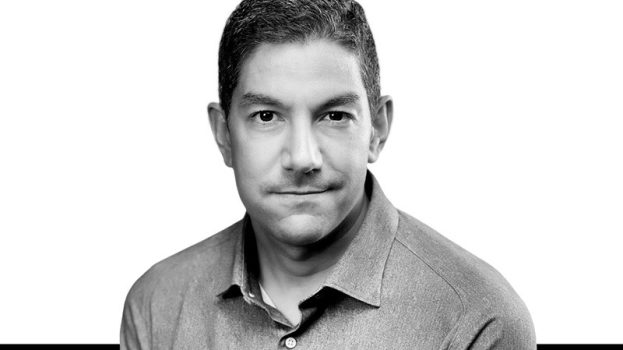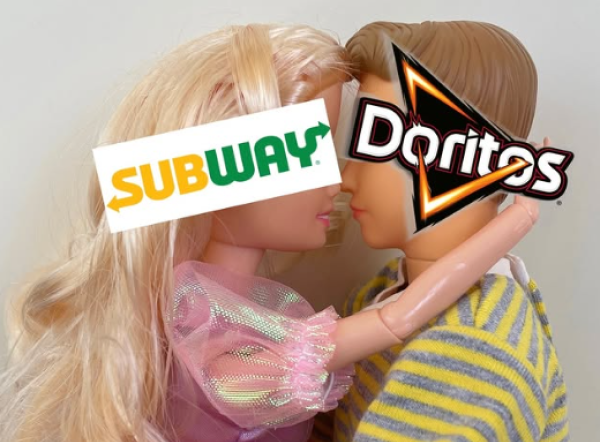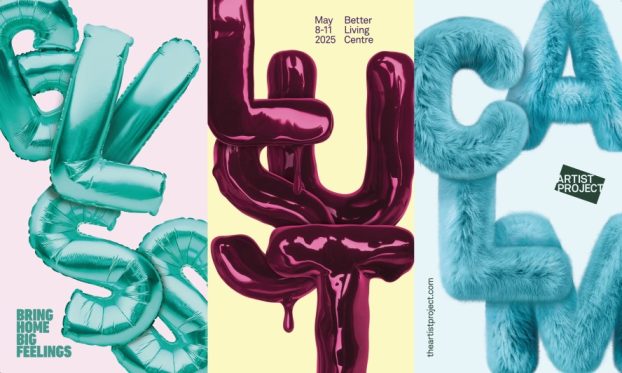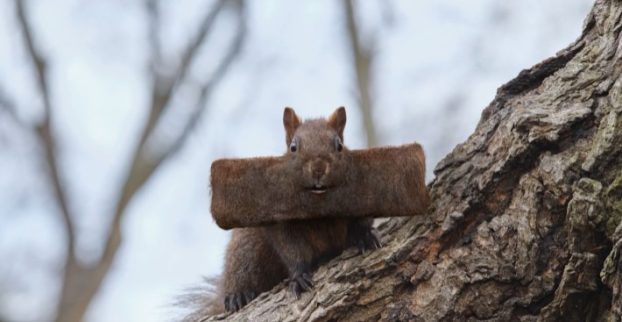The single Canadian campaign shortlisted in Radio & Audio managed to convert its nomination into a Lion, with Cossette winning Bronze for SickKids’ “Air Time” campaign.
Cystic fibrosis is the most fatal genetic disease affecting Canadian children, marked by difficulty breathing and degeneration of the lungs. The campaign enlisted brands including Telus, Mercedes-Benz, Hasbro and McDonald’s to give their air to SickKids patients dealing with cystic fibrosis, donating their radio ad buys so the patients could instead put out a call to action for donations for cystic fibrosis research.
Cossette worked with Pirate, Cossette Media and OMD on the campaign.
The Radio & Audio Grand Prix went to “Westworld: The Maze,” a skill for Alexa, created by 360i, that was a two hour, interactive game played entirely through voice commands and set in the world of the HBO show.
Jury president Jose Miguel Sokoloff, global president of MullenLowe Group’s Creative Council and CCO for MullenLowe Group UK, said that while the campaign represents some of the new technologies and innovation being used in the category, it also represents many of things that have always been part of successful, audio-based work: good writing and a high standard of technical craft.
While there was only one Canadian winner in the category, a look at the other winners could provide a lesson about the evolving opportunities that audio mediums present.
Lyranda Martin-Evans, VP and ECD at DentsuBos and member of this year’s Radio & Audio jury, says the awarded work could be viewed as a lesson for people in a market like Canada as to what the creative possibilities are. There were several pieces of recognized work that might be considered “non-traditional” for the category, but don’t necessarily have a high barrier for entry.
“Just because we don’t always have a big budget doesn’t mean we don’t have the skills to do this kind of work,” she said. “Maybe sometimes we think of radio as not being the sexiest medium, but it is so pure, you just need to put pen to paper and you can create an audio experience for someone. One piece we debated about for the Grand Prix was just a beautifully written radio spot. And others got into really cool innovations, but aren’t really a big expensive thing to pull off well.”
Martin-Evans specifically pointed to a series of storytelling podcasts from automaker Vauxhall that used location data to customize the content based on the route it was taking (keeping kids engaged during car rides, for example); the “Immigrant Songs” campaign that helped isolated immigrant communities along the southern U.S. border avoid being taken advantage of by law enforcement by translating legal advice into traditional folk songs that were then broadcast over a local radio station; and “The Grooming,” which included an audio file disguised as a song that played a frequency that could only be heard by people under a certain age – and could used by teenagers to tell if someone they met online really is as old as they say they are.
Meanwhile, in the Brand Experience & Activation Lions, two U.S. campaigns featuring work from Canadian agencies were recognized: “Just Do It HQ At The Church” by Momentum Worldwide and Momentum Canada for Nike won a Silver, while “Second Chances” by Casanova/McCann and McCann Canada for Donate Life California won Bronze.
The Grand Prix was awarded to “Changing The Game” by Microsoft, which included the development of an XBox controller designed specifically for people with physical disabilities, and the creation of videos showing disabled gamers offering a tutorial on how to use it. After removing that major barrier to entry, the company then hosted an esports tournament, inviting disabled and able-bodied gamers alike to compete.
Jury president Jaime Mandelbaum, CCO for VMLY&R in Europe, said the campaign represented the kind of impact that can happen when brands and agencies get outside of thinking in terms of platform or medium.
“Brands are the sum of the parts of the experiences they create,” he said. “This project not only transformed the relationship these people have with the brand, but also has a disproportionate impact on these peoples’ lives in terms of generating things like confidence.”
























